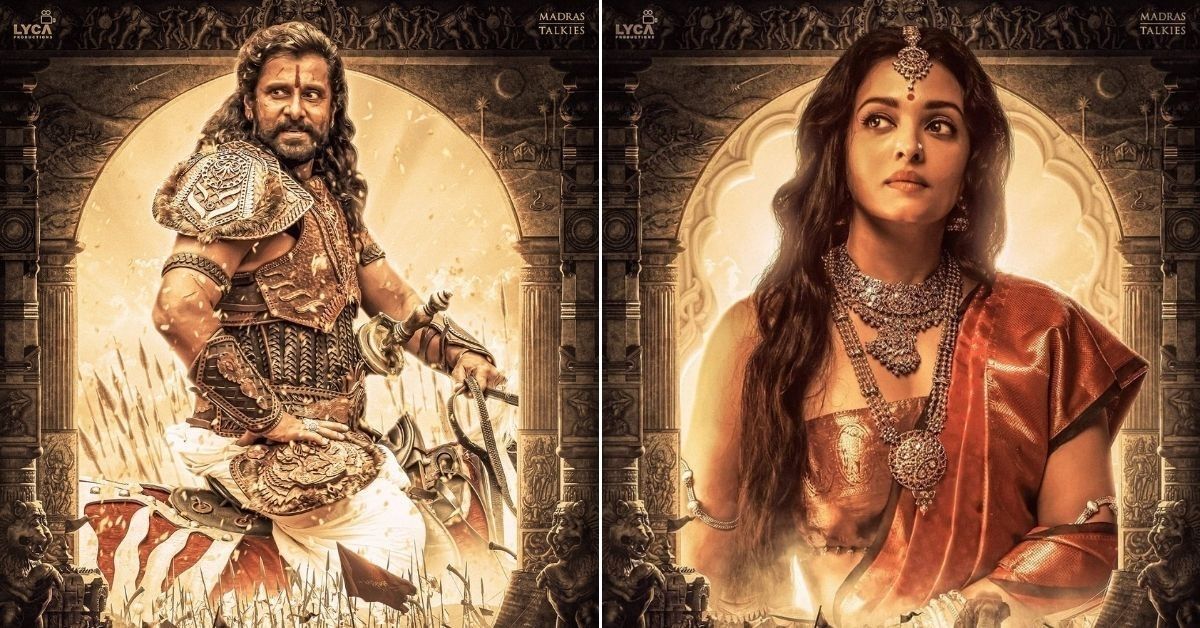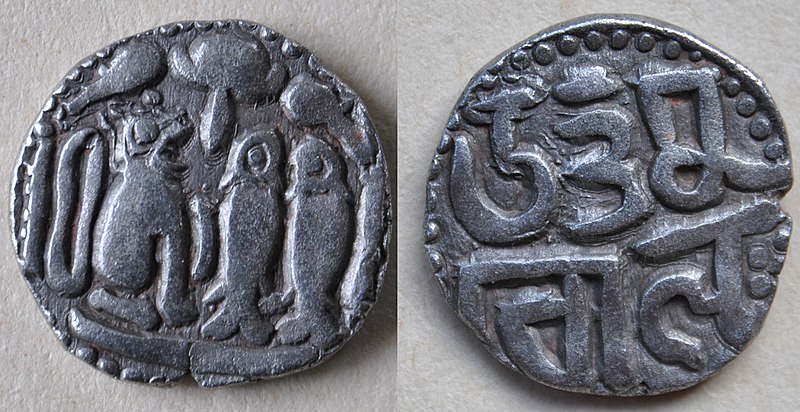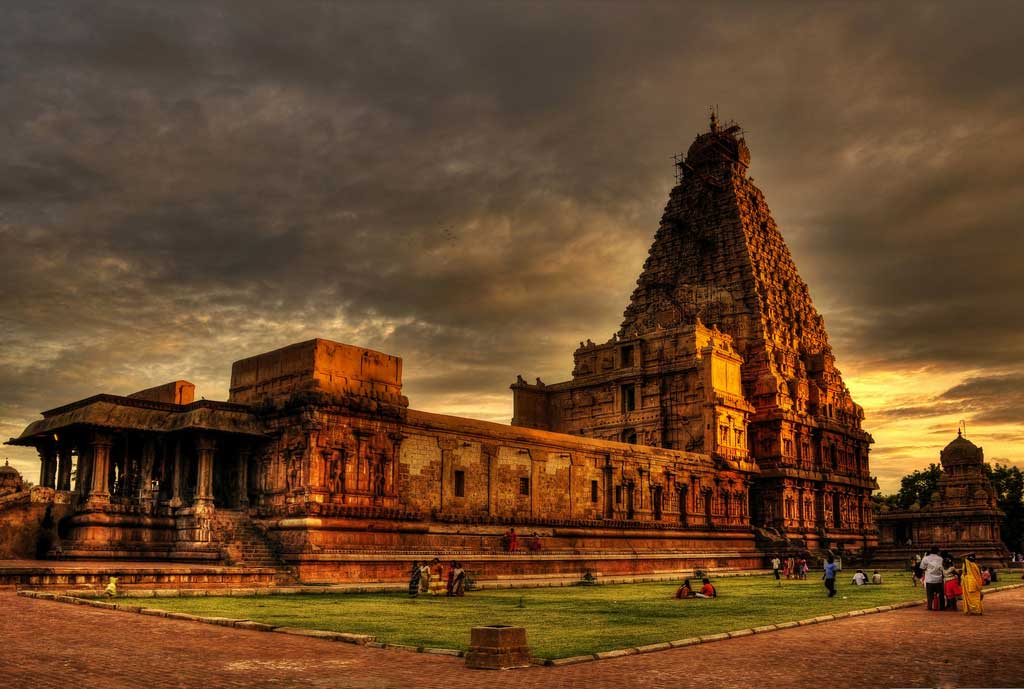Ponniyin Selvan: Who Were the Cholas, One of the World’s Longest-Ruling Dynasties
Loved the trailer of ‘Ponniyin Selvan’, Mani Ratnam’s magnum opus? Here’s the incredible history of the Chola Dynasty, which was among the world’s longest ruling and greatest empires.

“The Cholas are coming,” reads the caption on many posts sharing the magnificent teaser of ‘Ponniyin Selvan’, Mani Ratnam’s magnum opus, which is based on Tamil writer Kalki Krishnamurthy’s famous historical novel Ponniyin Selvan (The Son Of Ponni).
In the film, the lead role of the fierce Prince Arul Mozhi Varman (later known as Rajaraja Chola) is played by Jayam Ravi. Vikram stars as Chola crown prince Aditya Karikalan, Aishwarya Rai Bachchan stars as vengeful queen Nandini, Karthi stars as army commander Vanthiyathevan, and Trisha stars as Princess Kundavai.
The narrative unfolds over a thousand years ago during the reign of the Chola Empire.
But few know about this remarkable civilisation, which was among the world’s longest-ruling, but today remains largely forgotten.
In its heyday, the Chola dynasty was one of the greatest empires in the world.

It controlled land that was more than five times the size of Britain. And under the wing of its trailblazing rulers, art, architecture, and literature flourished.
So when did the reign of the first Chola kings start? Nobody knows exactly, but the dynasty was well established by the 3rd century BCE, a fact mentioned in one of the Ashokan pillars. Interestingly, not only did the Cholas outlast the rule of Ashoka’s Mauryan dynasty, they continued to be in power till 1279 CE i.e for more than 1,500 years.
The Chola Empire is also mentioned in the Periplus of the Erythraean Sea (a Graeco-Roman eyewitness account of ancient travel in 40 – 60 CE), and in Ptolemy’s Geography. According to historians, the Cholas began their journey as a little-known, if privileged, feudal clan settled on the banks of river Kaveri, and went on to attain unmatched naval and militaristic supremacy that helped them conquer islands across southeast Asia.
A thread – Each and every frame of #PonniyinSelvan teaser.
Pure goosebumps! ???Included some blurry ones too. I mean, it’s Vikram commanding the screen, so they’re compulsory! #PonniyinSelvanTeaser pic.twitter.com/Ef1W7PzFXX
— Praveen | பிரவீன் (@ichbinprvn) July 8, 2022
Between the 9th and 13th century CE, the Cholas were a force to be reckoned with. Wielding their military prowess and wealth of agricultural settlements, they reigned supreme over the trade routes and high seas of South Asia. It was probably this strategic geo-political positioning that helped the Chola Empire fuel a spectacular Tamil cultural Renaissance, a legacy that still thrives in south India.
Like the Medicis of Italy, the Chola rulers patronised all types of literary, artistic, architectural and culinary skills at the height of their influence.
The one name that shines brightest among these kings is Rajaraja I, whose reign marked the emergence of the Empire as a multi-ethnic cultural and trading colossus.

Rajaraja I expanded the Chola empire’s northern boundary to Kalinga (present-day Odisha), and successfully forayed into Ceylon (present-day Sri Lanka), Maldives and the rich Malabar Coast. It was also Rajaraja I who built the majestic Brihadeeswara Temple in the Chola capital of Thanjavur.
Even today, centuries after its founding, it stands resolute, a testament to the advanced craftsmanship of that era.

The two other massive edifices under UNESCO’s Great Living Chola Temples — Brihadisvara Temple at Gangaikondacholisvaram (built by Rajendra I) and the Airavatesvara Temple at Darasuram (built by Rajaraja II) — were also sculpted with just hammers and chisels. This is a stunning testimony to the Chola Empire’s achievements in sculpture, architecture, and bronze casting.
According to historian Pradeep Chakravarthy in his book ‘Thanjavur: A Cultural History’, “The Cholas used faith very carefully to rule. Everything that you expect from the government today was provided by the temple for the local community — they provided hospitals, educational institutions, employment opportunities, art and culture, and collected taxes.”
In fact, many Chola temple tanks were rainwater harvesting systems, as revealed by the recent discovery of an 8th century inscription at the Sivaganga tank, built by Rajaraja Chola I in Thanjavur. Moreover, these ancient learnings from the Cholas have helped an IAS officer in present-day Puducherry restore 178 water bodies in three months.
The Chola temple towns were also booming hubs of all manners of artisans and craftspeople. The art of bronze casting reached its zenith and led to the creation of some of the most spectacular sculptures the world has ever seen. The technique used was the ancient lost-wax technique, which ensured that each sculpture was the only one of its kind.
Interestingly, the famous dancing figure of Nataraja fully developed in this era. It is said that Auguste Rodin, the legendary French sculptor, praised the Chola Nataraja sculpture as “une chose divinement reglee” (something divinely decreed).

The origin of the famous Kanjeevaram silk sarees can also be traced to the time when Rajaraja I invited weavers from Saurashtra to come and settle in Kanchipuram. In fact, the ancient Chola iconography seen on the walls and pillars of Kanchipuram’s temples is mirrored in the borders of Kanjeevaram silk sarees.
Apart from this, the mighty Chola empire also saw the genesis of the Sangam age, a golden age of Tamil literature and poetry, one that influenced countries as far as Cambodia and Java. Reading these poems, stories and inscriptions reveals some fascinating insights into life under the Cholas.
Take, for instance, the padimagalir — women bodyguards charged with protecting the king from potential ambushes. Celebrated for their strength and valour, these warrior women were trained in fighting from a young age to protect Chola royalty. The poem Perumkathai also mentions ‘clever women’ acting as peacemakers between warring kingdoms.
So what led to the collapse of this great empire? The answer lies in an ancient rival, the Pandya dynasty, which had never stopped trying to conquer Chola country. By 1279, Rajendra III had lost his throne to the Pandyas, marking the end of a truly remarkable reign in India’s history.
Sources
‘Decoding the Nataraja Bronze: A Cosmic Dance through the Ages’ by Sharada Srinivasan for Live History India, Published on 7 March, 2021.
‘Cosmic dance and science perspective on Chola bronzes’ TedX Talk by Sharada Srinivasan
‘Remembering Cholamandalam – The cultural legacy of the Cholas’ by Amrita Amesur for Sarmaya, Published on 25 October, 2021
‘History of India’s Chola Empire’ by Kallie Szczepanski for ThoughtCo, Published on 03 July 2019
‘Harvesting water, Chola style’ Published on 06 August 2003 Courtesy Hindustan Times
‘Kanjivaram: The Romance of Silk’ by Leora Pezarkar for Live History India, Published on 20 August 2017
‘Wonder Women, a millennium ago’ by Devi Yashodaran for The Hindu, Published on 24 August, 2017
Edited by Divya Sethu
If you found our stories insightful, informative, or even just enjoyable, we invite you to consider making a voluntary payment to support the work we do at The Better India. Your contribution helps us continue producing quality content that educates, inspires, and drives positive change.
Choose one of the payment options below for your contribution-
By paying for the stories you value, you directly contribute to sustaining our efforts focused on making a difference in the world. Together, let’s ensure that impactful stories continue to be told and shared, enriching lives and communities alike.
Thank you for your support. Here are some frequently asked questions you might find helpful to know why you are contributing?


This story made me
-
97
-
121
-
89
-
167











